Home>Home Appliances>Laundry Appliances>Why Is My Washing Machine Dripping Water Inside
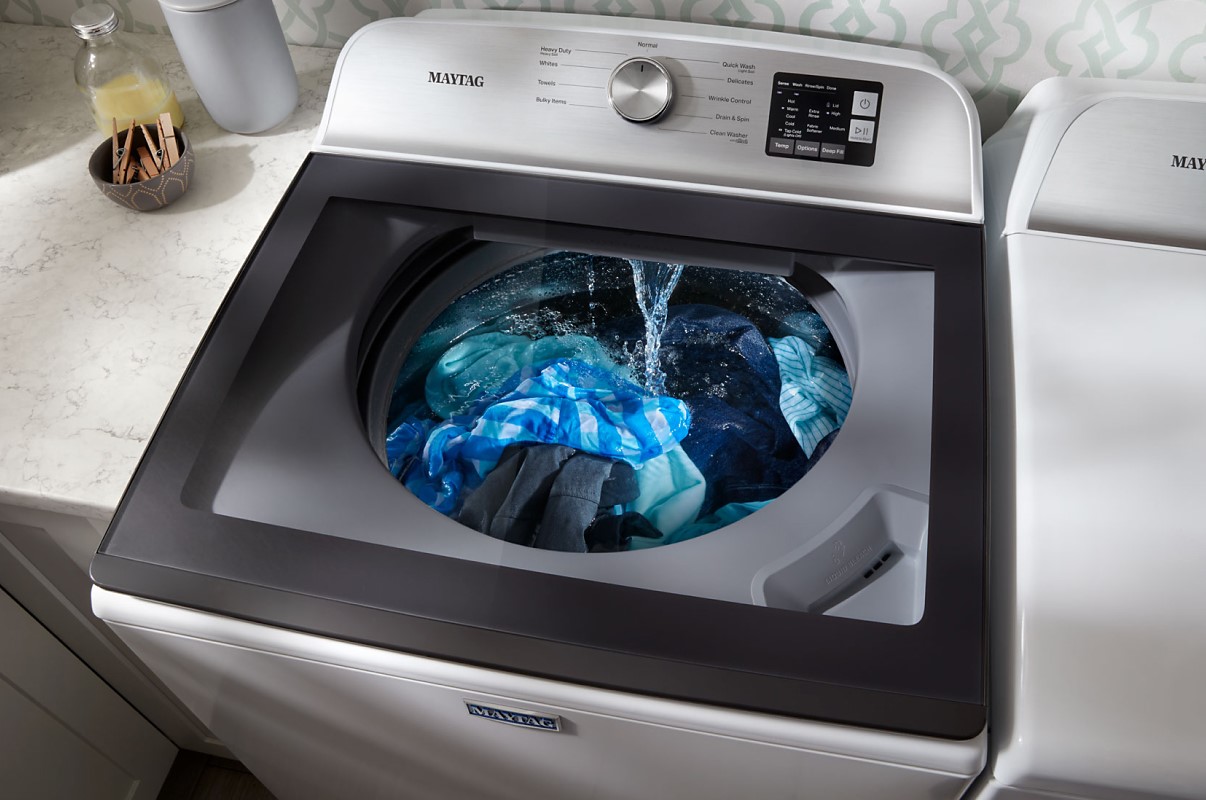

Laundry Appliances
Why Is My Washing Machine Dripping Water Inside
Modified: October 21, 2024
Discover the reasons behind your washing machine leaking water inside. Get expert tips to troubleshoot and fix the issue. Keep your laundry appliances in top condition.
(Many of the links in this article redirect to a specific reviewed product. Your purchase of these products through affiliate links helps to generate commission for Storables.com, at no extra cost. Learn more)
Common Causes of Washing Machine Water Dripping Inside
A washing machine is a vital appliance in any household, but when it starts dripping water inside, it can be a cause for concern. There are several common reasons why your washing machine may be leaking water inside, and understanding these causes can help you identify and address the issue promptly.
-
Worn Out Door Seal: Over time, the door seal of the washing machine can degrade due to constant use and exposure to water and detergent. This deterioration can lead to small cracks or tears in the seal, causing water to seep out during the washing cycle.
-
Clogged or Damaged Drain Hose: The drain hose is responsible for removing water from the washing machine during the spin cycle. If the hose is clogged with debris or has been damaged, it can result in water leaking inside the machine instead of being properly drained.
-
Faulty Water Inlet Valve: The water inlet valve controls the flow of water into the washing machine. If this valve is defective or has a damaged seal, it can lead to water leaks inside the machine, especially during the filling process.
-
Excessive Detergent Use: Using too much detergent or the wrong type of detergent can create excessive suds during the wash cycle. These suds can overflow from the drum and cause water to leak inside the machine.
-
Worn Out Tub Seal: The tub seal is located between the outer tub and the transmission. If this seal becomes worn or damaged, it can allow water to leak into the inner workings of the machine.
-
Loose or Damaged Hoses: The hoses that supply water to the washing machine and those that drain water away can become loose or damaged over time. This can result in water leaking inside the machine during the wash or drain cycle.
Understanding these common causes of washing machine water dripping inside can help you troubleshoot the issue and take the necessary steps to address the problem. By identifying the source of the leak, you can effectively resolve the issue and prevent further water damage to your appliance and surrounding area.
Key Takeaways:
- Don’t ignore a dripping washing machine! It could be a worn door seal, clogged drain hose, or faulty inlet valve. Check and fix these issues to prevent water damage and keep your machine running smoothly.
- If DIY fixes don’t work, call a pro! Complex repairs, persistent leaks, safety concerns, and lack of technical knowledge are signs it’s time for expert help. Don’t risk further damage—get professional assistance.
How to Identify the Source of the Leak
Identifying the source of a washing machine leak is crucial in addressing the issue effectively. Here are the steps to help you pinpoint the source of the leak:
-
Inspect the Door Seal: Check the door seal for any visible cracks, tears, or signs of wear. Run your fingers along the seal to feel for any irregularities. If you notice any damage, it is likely the cause of the leak.
-
Examine the Drain Hose: Inspect the drain hose for kinks, bends, or visible damage. Ensure that the hose is properly connected and free from any blockages. Running a small amount of water through the hose can help you identify any leaks.
-
Check the Water Inlet Valve: Examine the water inlet valve for signs of corrosion, mineral deposits, or damaged seals. Look for any water puddles or dampness around the valve, indicating a potential leak.
-
Assess Detergent Usage: Evaluate your detergent usage and the presence of excessive suds during the wash cycle. If you notice an overflow of suds or soapy residue inside the machine, it may indicate the cause of the leak.
-
Inspect the Tub Seal: Examine the tub seal for any wear, tear, or damage. Look for water accumulation around the seal or signs of moisture, indicating a potential leak source.
-
Check Hoses and Connections: Inspect all hoses and connections for tightness and signs of damage. Look for water drips, dampness, or pooling around the hoses and connections, indicating potential areas of leakage.
By systematically examining these components, you can narrow down the source of the leak and proceed with the necessary steps to address the issue. Once you have identified the source of the leak, you can move on to implementing the appropriate solutions to resolve the problem and prevent further water damage to your washing machine.
Check the door seal for tears or damage, and make sure the machine is level. Also, inspect the water inlet hoses for leaks or cracks. If the issue persists, it may be a problem with the water pump or tub seal.
Steps to Fix a Dripping Washing Machine
Addressing a dripping washing machine promptly is essential to prevent further damage and ensure the appliance's optimal performance. Here are the steps to fix a dripping washing machine:
-
Replace the Door Seal: If the door seal is worn or damaged, replacing it is crucial. Start by locating the model number of your washing machine and obtaining a compatible replacement door seal. Once you have the new seal, carefully remove the old one and clean the area before installing the new seal. Ensure that the new seal is fitted securely to prevent any future leaks.
-
Clear or Replace the Drain Hose: If the drain hose is clogged, carefully remove it from the washing machine and the drainage point. Use a pipe cleaner or a small brush to clear any debris or buildup inside the hose. If the hose is damaged, it is advisable to replace it with a new one to ensure proper drainage and prevent leaks.
-
Repair or Replace the Water Inlet Valve: If the water inlet valve is the source of the leak, it may need to be repaired or replaced. Turn off the water supply to the washing machine and disconnect the inlet hoses. Inspect the valve for any visible damage or signs of wear. If necessary, replace the valve and ensure a secure connection to prevent leaks.
-
Adjust Detergent Usage: To address leaks caused by excessive suds, adjust your detergent usage according to the manufacturer's recommendations. Use the appropriate type and amount of detergent for each load to prevent the formation of excessive suds that can lead to leaks.
-
Replace the Tub Seal: If the tub seal is worn or damaged, replacing it is essential to prevent water from leaking into the inner workings of the washing machine. Carefully remove the old seal and clean the area before installing the new seal. Ensure a proper and secure fit to prevent any future leaks.
-
Tighten or Replace Hoses and Connections: Inspect all hoses and connections for tightness and signs of damage. Tighten any loose connections and replace any damaged hoses to prevent water leaks during the wash or drain cycle.
By following these steps, you can effectively address a dripping washing machine and restore its functionality. However, if you encounter challenges during the process or if the issue persists, it is advisable to seek professional assistance to ensure the proper resolution of the problem.
When to Call a Professional for Help
While addressing minor issues with a dripping washing machine can often be managed through DIY solutions, there are instances where seeking professional assistance becomes necessary. Recognizing when to call a professional for help can prevent further complications and ensure the effective resolution of the problem.
-
Complex Repairs: If the source of the leak involves intricate components such as the internal mechanisms of the washing machine or electrical systems, it is advisable to enlist the expertise of a professional. Attempting complex repairs without the necessary knowledge and experience can lead to further damage and safety hazards.
-
Persistent Leaks: When despite your best efforts, the washing machine continues to leak water inside, it indicates a more significant underlying issue. Persistent leaks may stem from structural damage, intricate seal problems, or internal component malfunctions that require professional assessment and repair.
-
Manufacturer's Warranty: If your washing machine is still under the manufacturer's warranty, it is prudent to involve a professional for repairs. Attempting DIY fixes on a warranted appliance can void the warranty, potentially leading to additional expenses in the long run.
-
Safety Concerns: Any concerns related to electrical malfunctions, water leakage near electrical components, or potential safety hazards should prompt immediate professional intervention. Safety should always be a top priority, and seeking professional help ensures that the issue is addressed with the necessary expertise and precautions.
-
Lack of Technical Knowledge: If you lack the technical knowledge or experience required to diagnose and address the specific issue causing the washing machine leak, it is best to seek professional assistance. Professionals possess the expertise, tools, and resources to accurately identify and resolve complex problems.
-
Time and Convenience: In situations where time constraints or other commitments make it challenging to dedicate sufficient time to diagnose and repair the washing machine, engaging a professional service can provide a convenient and efficient solution.
-
Preventive Maintenance: Professional technicians can offer preventive maintenance services to identify potential issues before they escalate. Scheduling periodic maintenance can help prevent future leaks and ensure the optimal performance of your washing machine.
By recognizing these scenarios and understanding when to call a professional for help, you can ensure the timely and effective resolution of washing machine leaks, safeguarding the appliance's longevity and your peace of mind. Professional assistance not only addresses the immediate issue but also contributes to the overall maintenance and performance of your washing machine.
Frequently Asked Questions about Why Is My Washing Machine Dripping Water Inside
Was this page helpful?
At Storables.com, we guarantee accurate and reliable information. Our content, validated by Expert Board Contributors, is crafted following stringent Editorial Policies. We're committed to providing you with well-researched, expert-backed insights for all your informational needs.
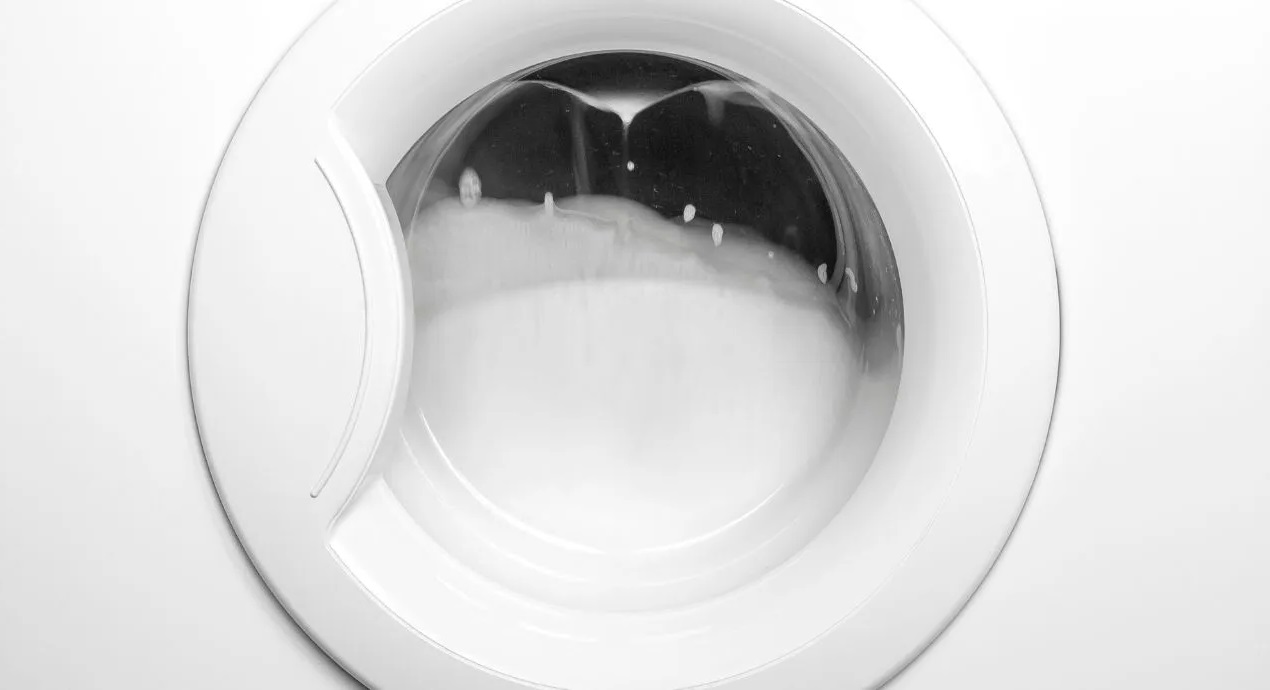
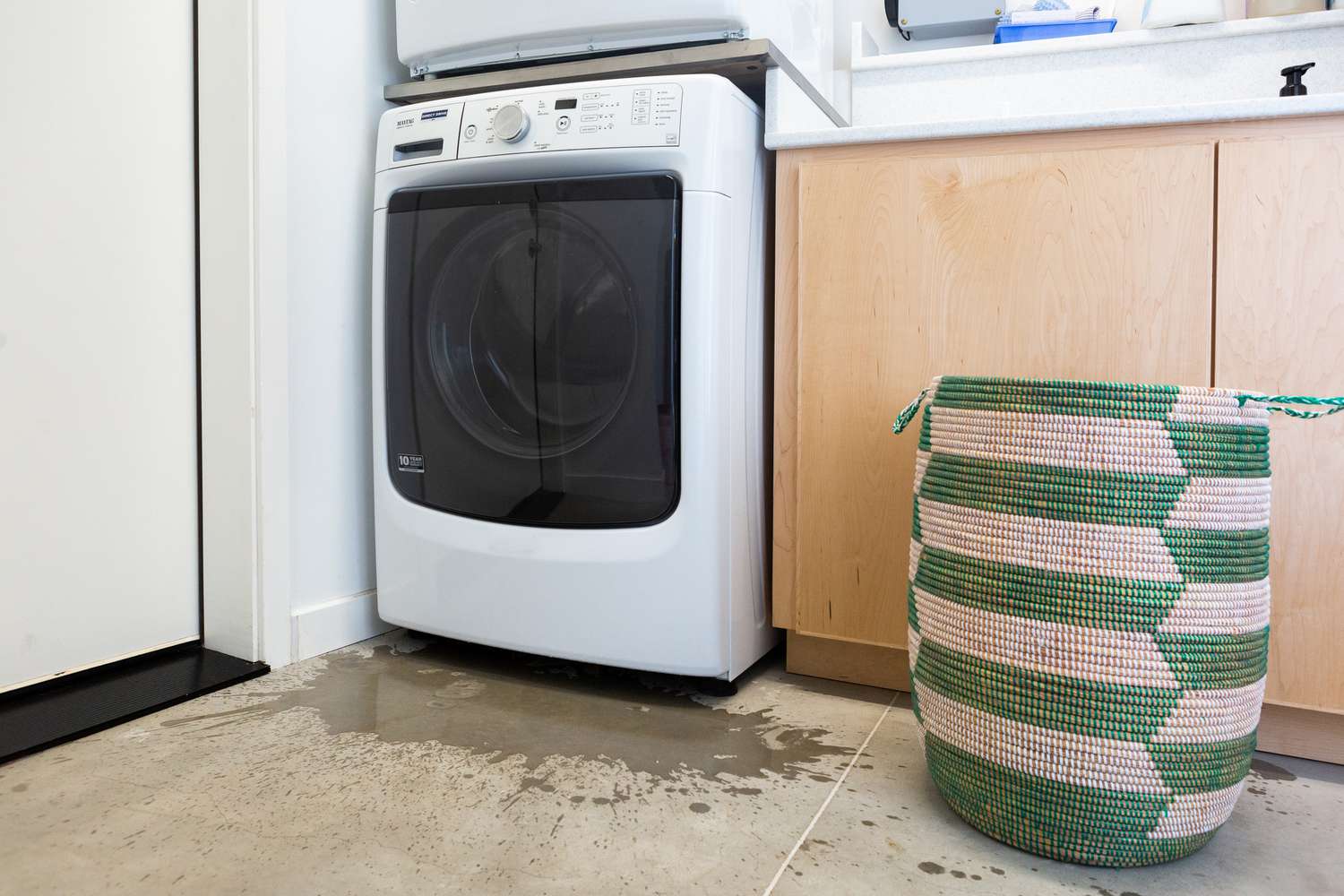
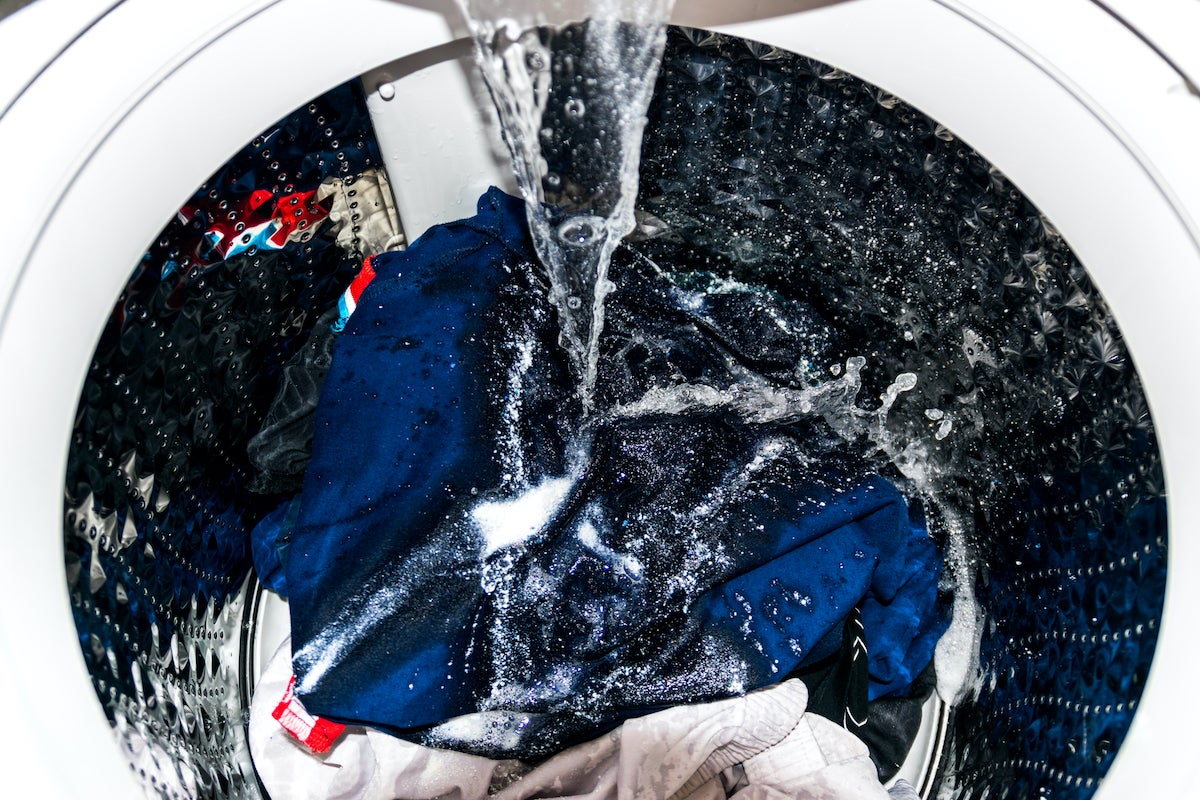
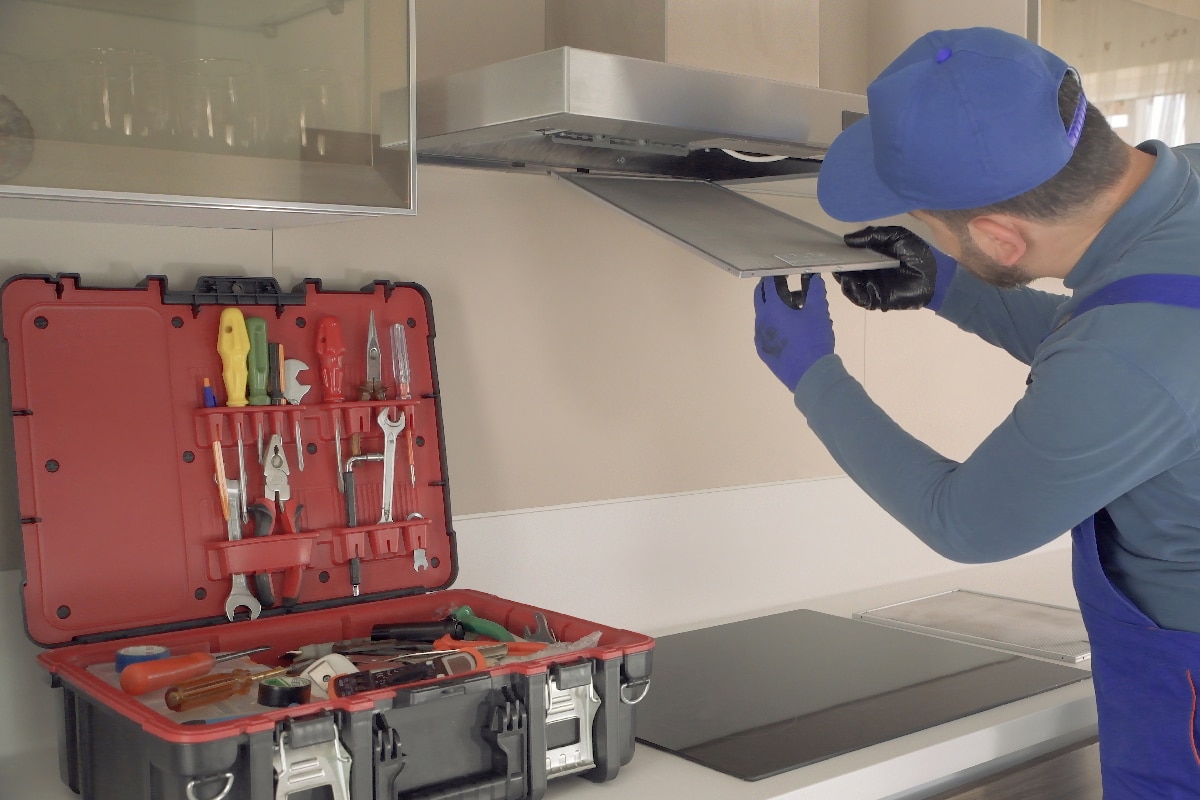
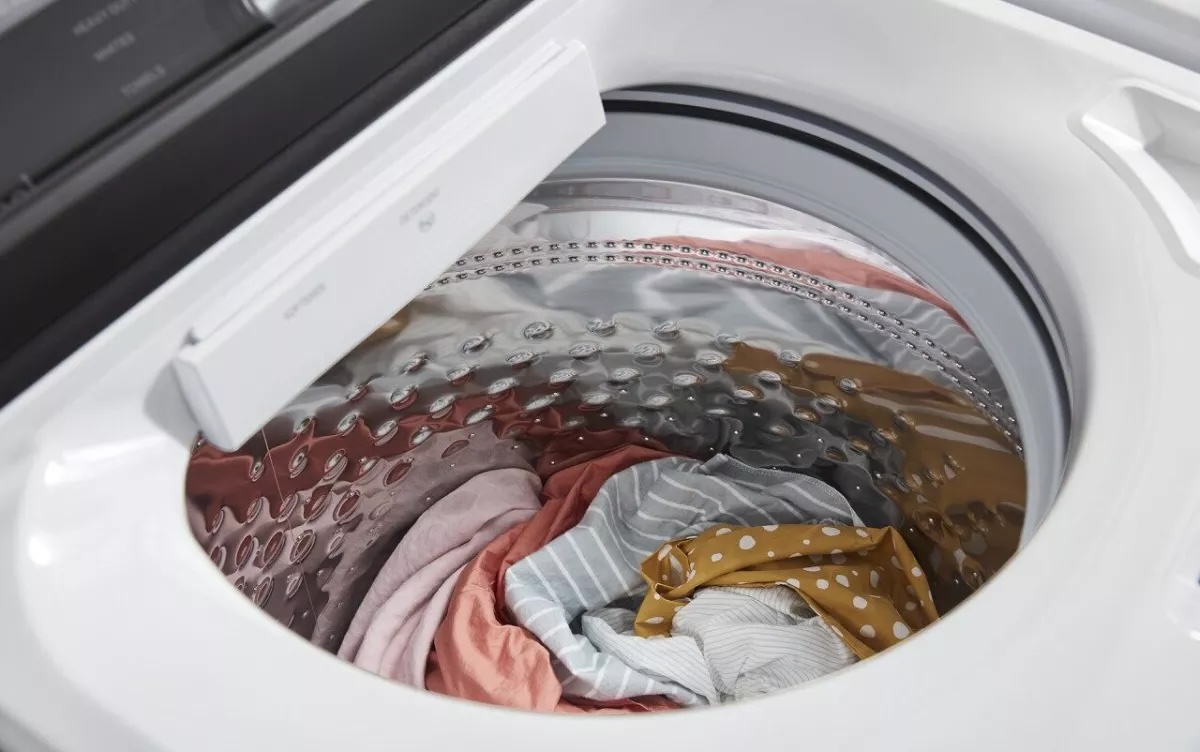
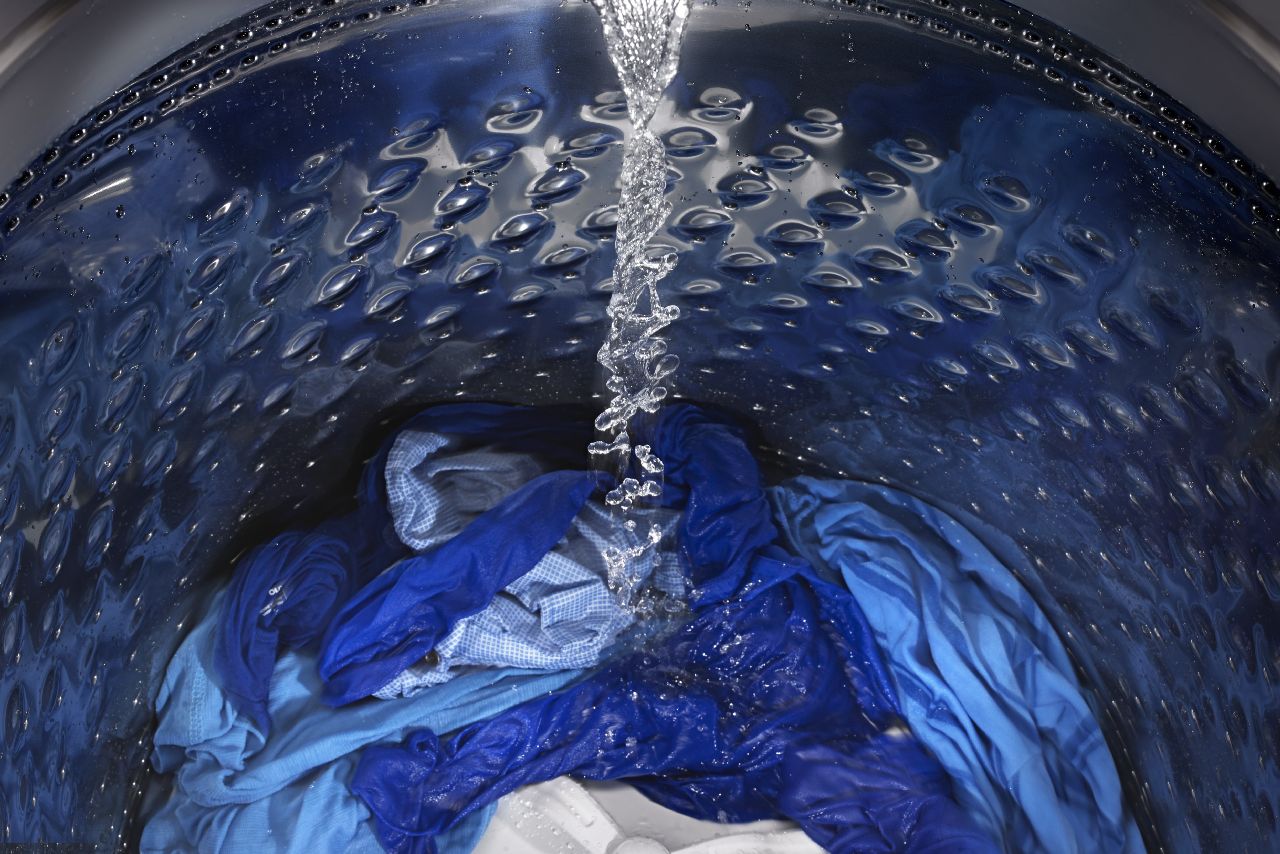
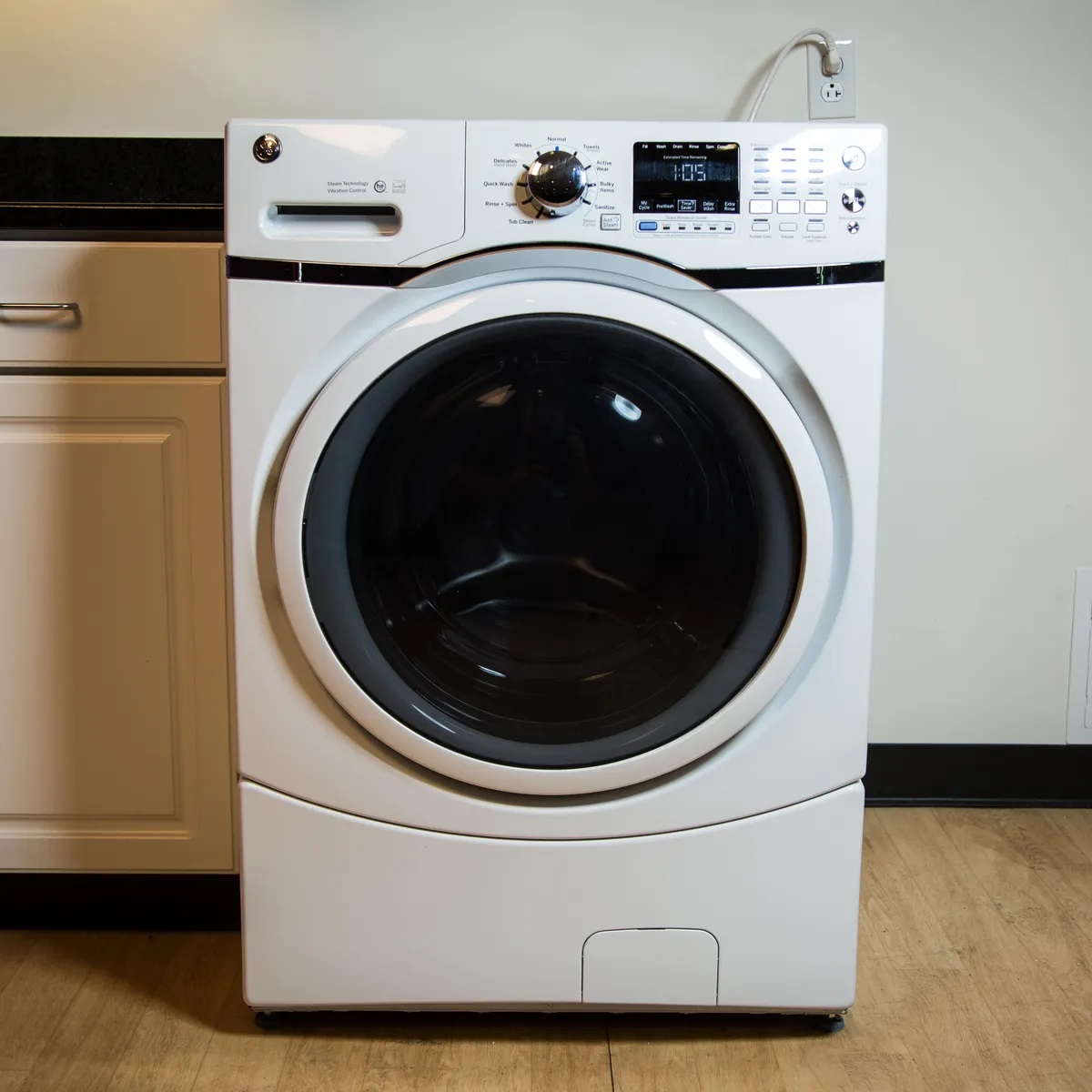
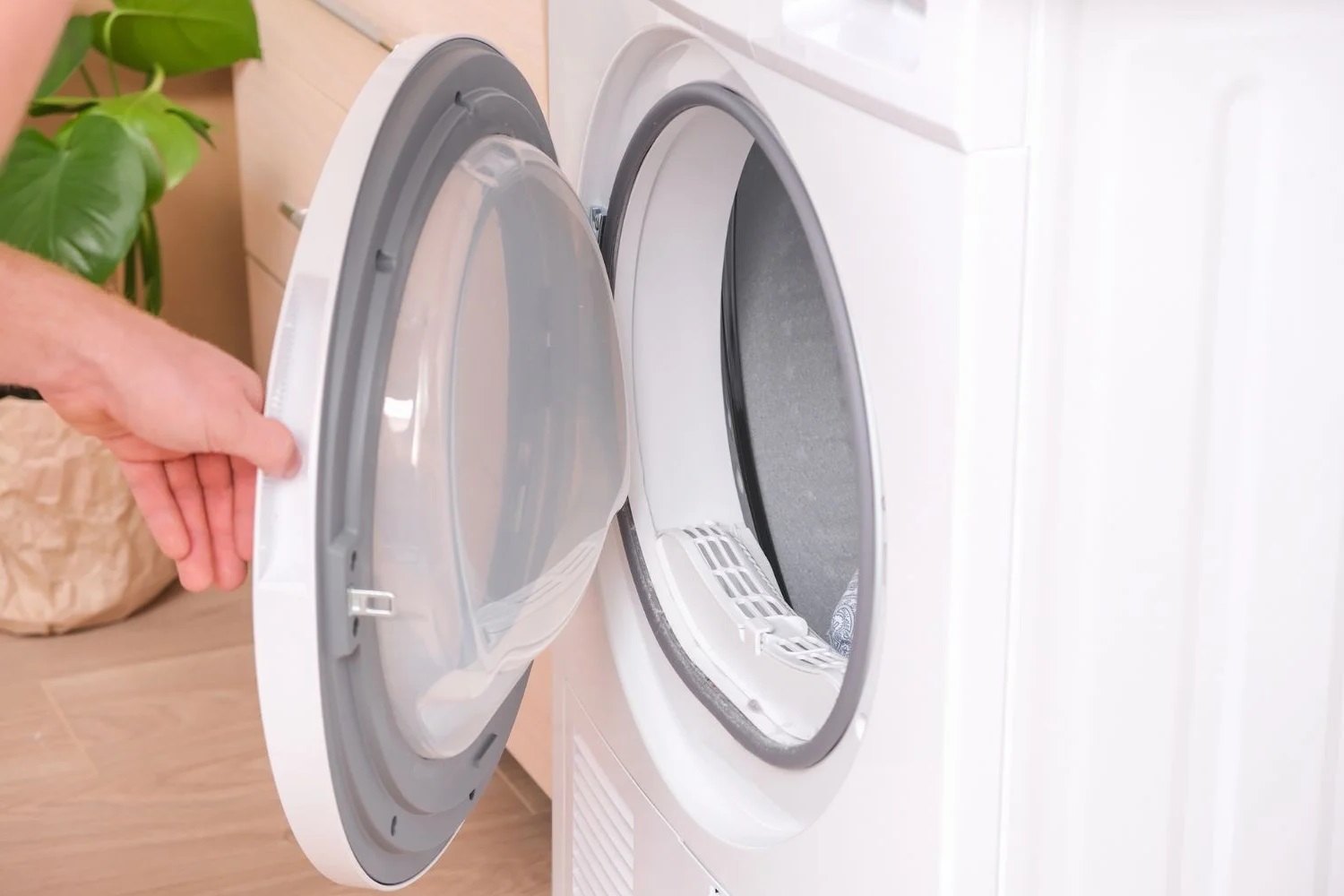
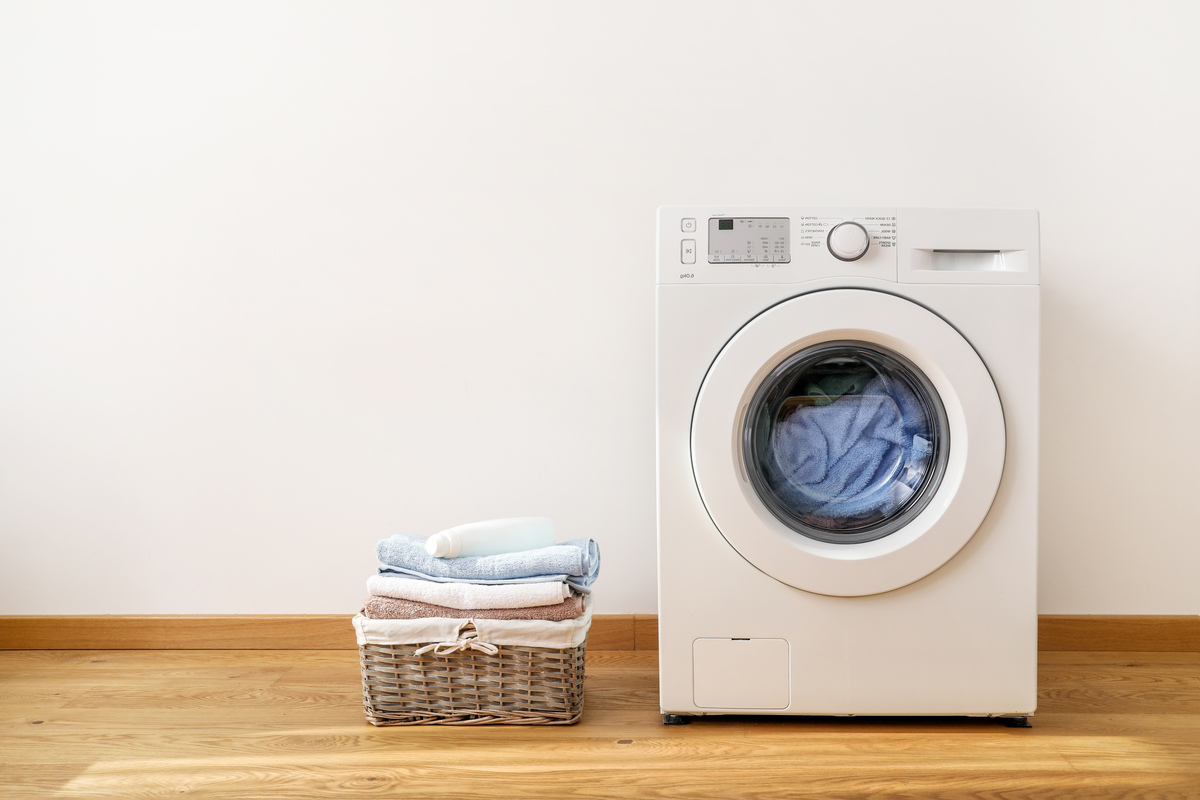
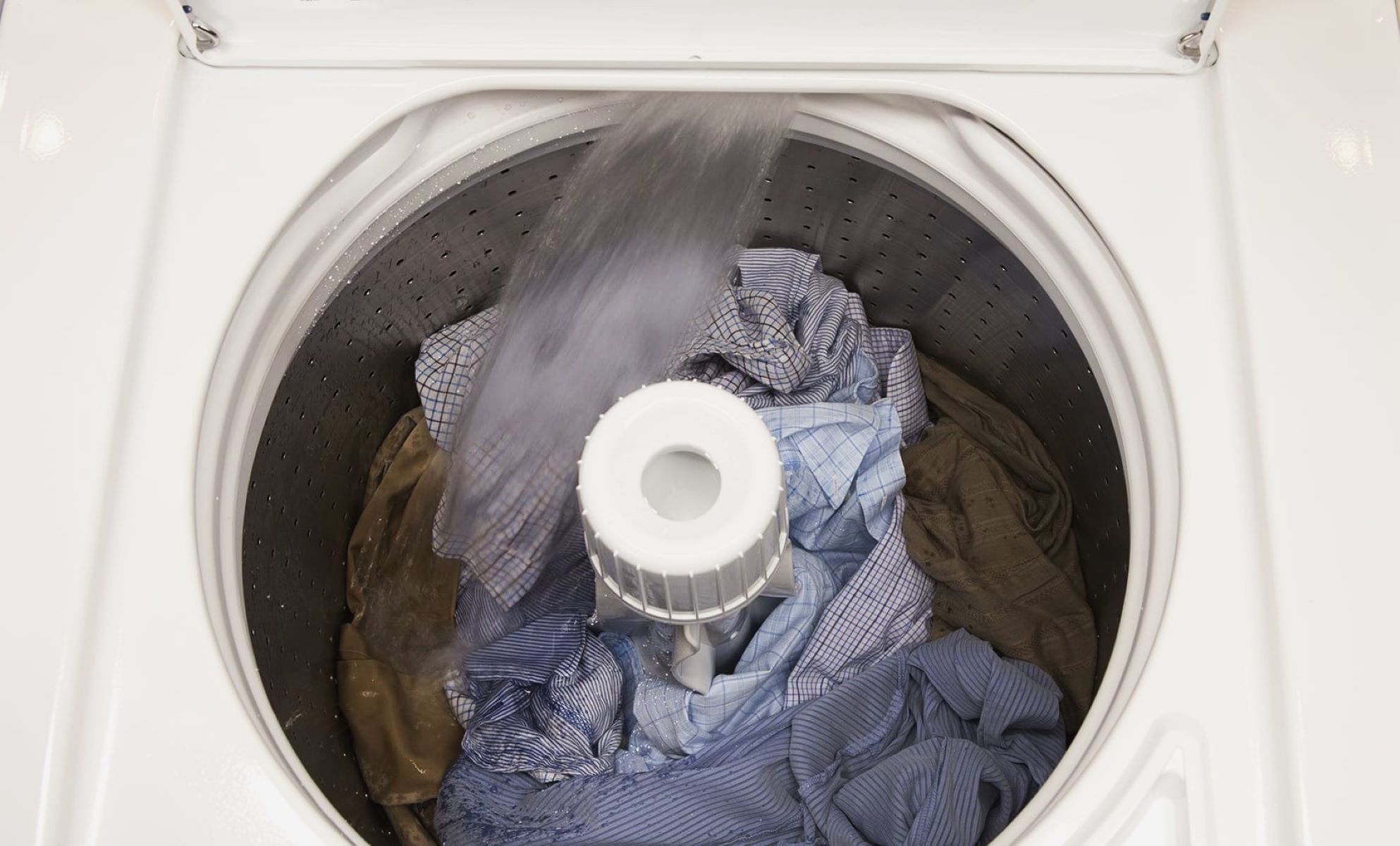
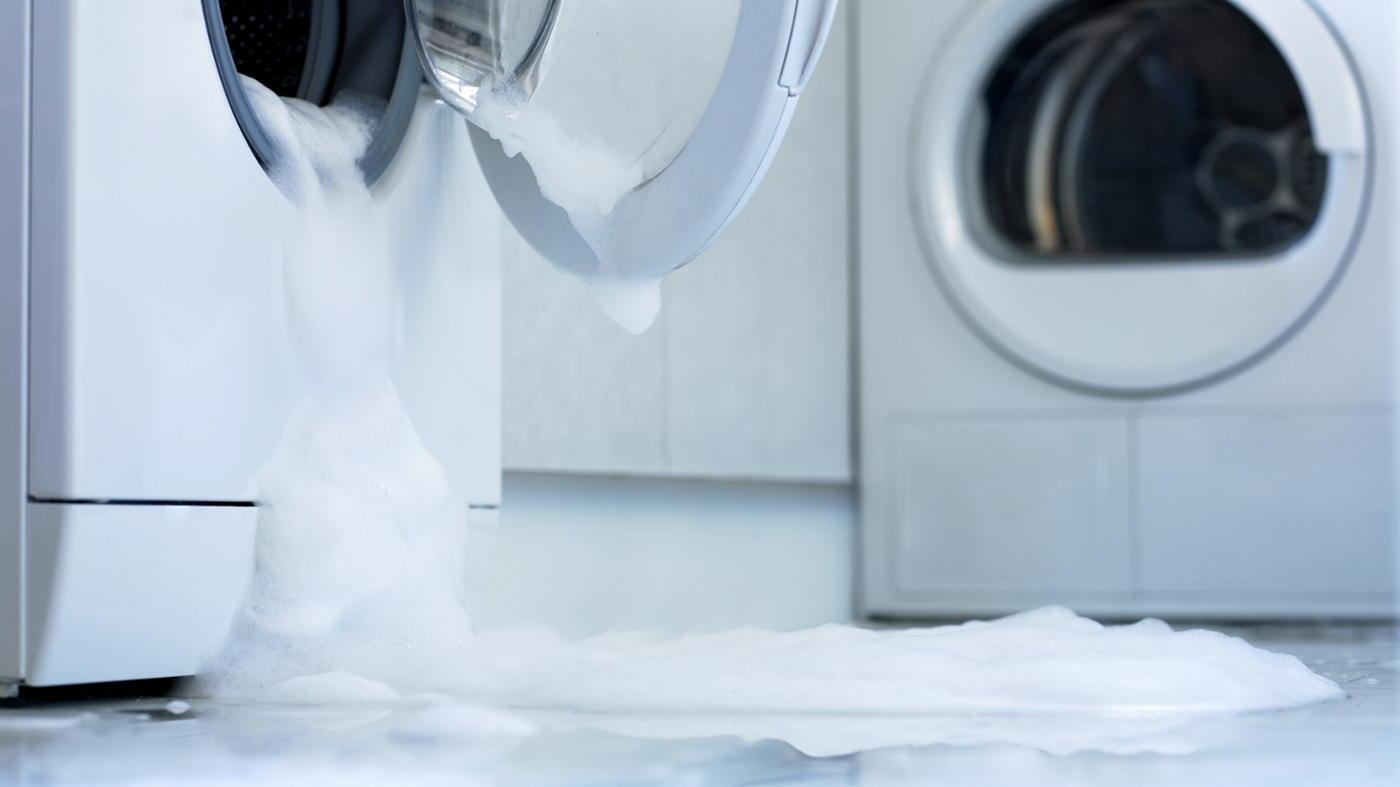
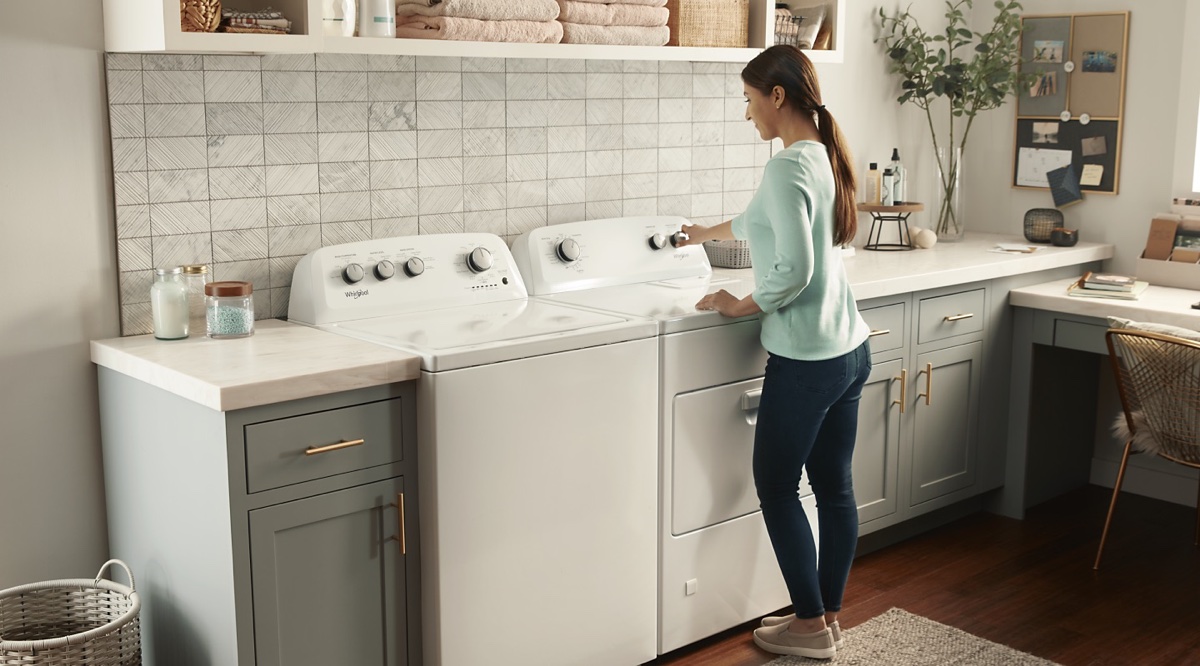
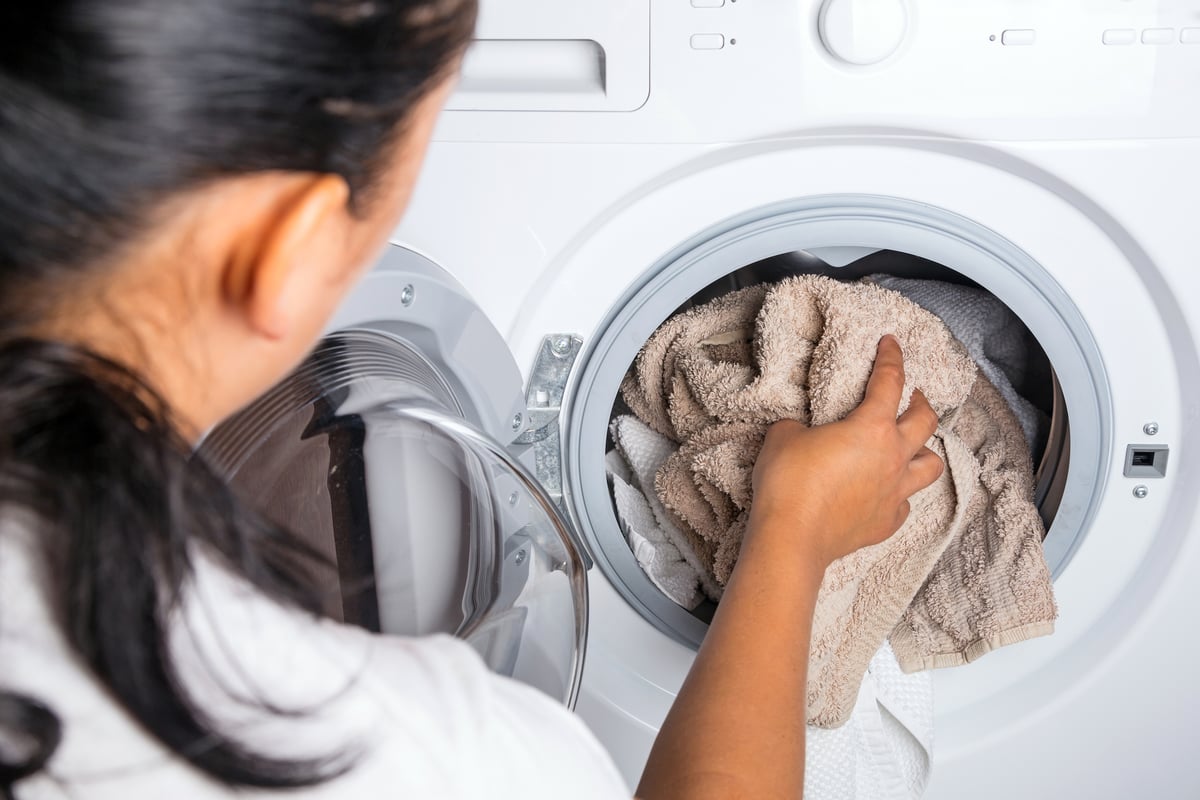
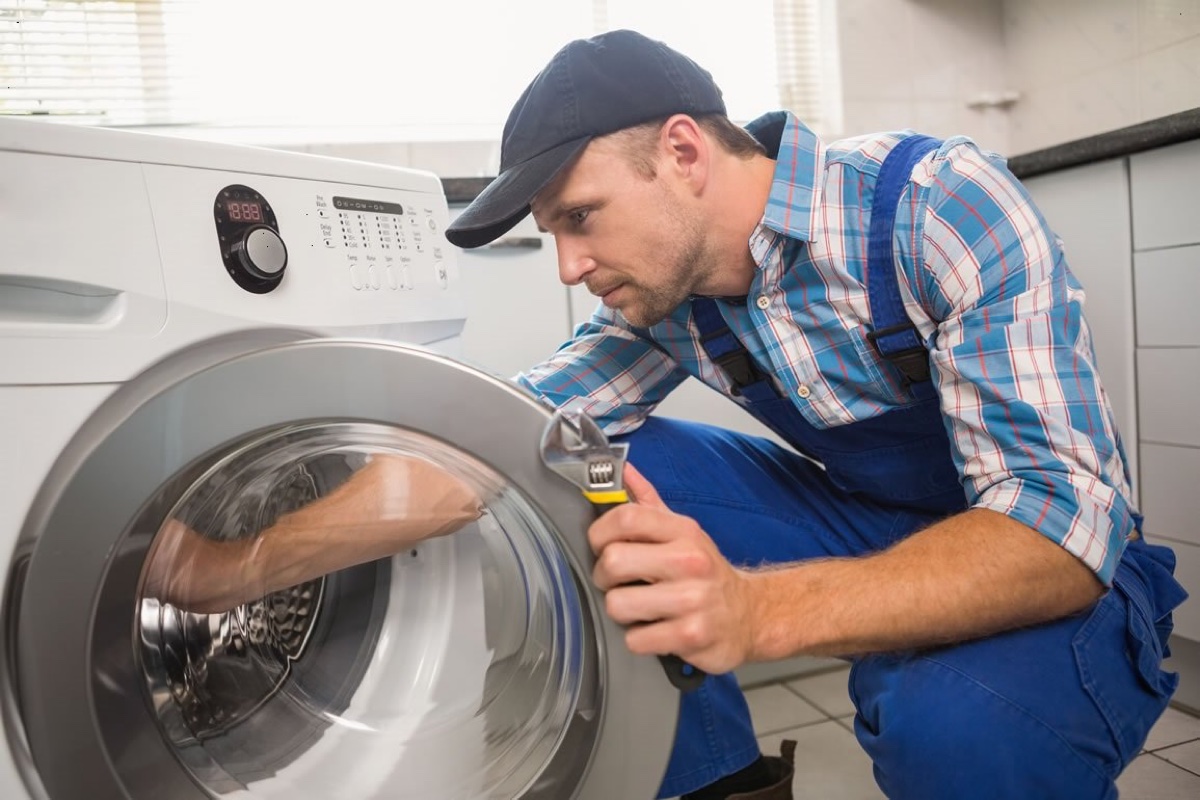
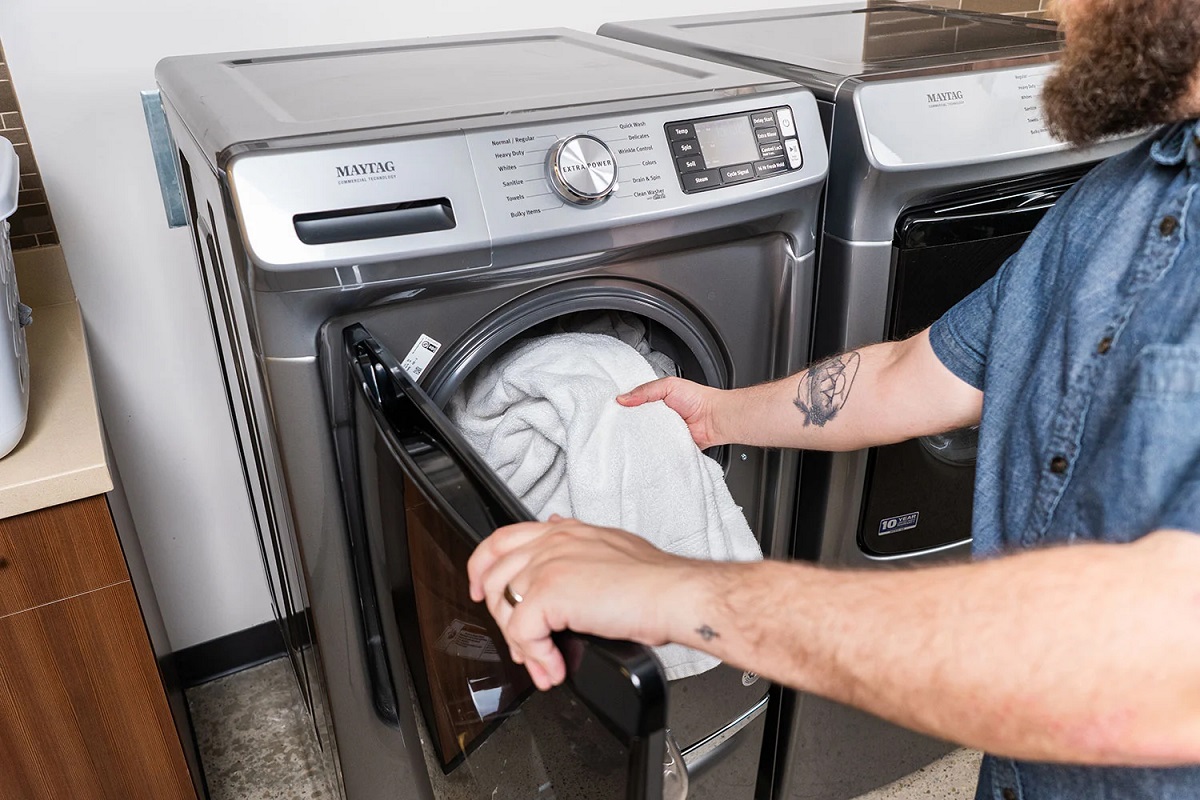

0 thoughts on “Why Is My Washing Machine Dripping Water Inside”